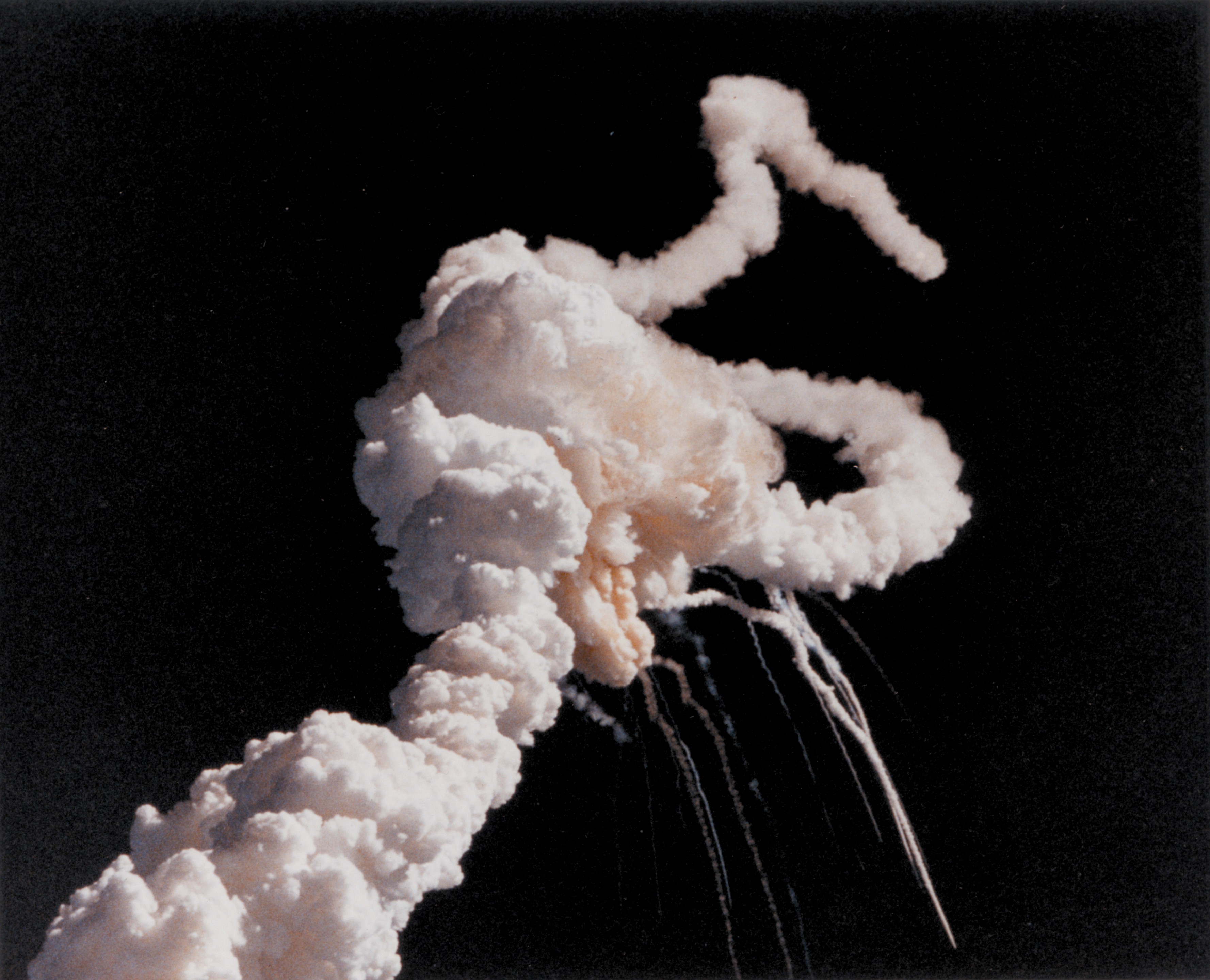
Communication disasters
We have heard that communication is critical in modern-day engineering. So, what happens when communication goes wrong?
On 28th January 1986, a tragedy occurred in the sky above the coast of Cape Canaveral, Florida. The Space Shuttle Challenger burst into flames 76 seconds after take-off, killing all seven people on board. Ronald Reagan, the President of the United States at the time, appointed The Rogers Commission to find out what went wrong. The commission determined that the technical cause of the explosion were two rubber seal O-rings which had been designed to separate the sections of the rocket booster. At low temperatures, the seal became stiff and was unable to hold back the rocket’s flames from the rest of the spacecraft. The seals failed due to cold temperatures on the morning of the launch. It was the conclusion of The Rogers Commission that the disaster occurred because information about the risk of seal failure on cold days wasn’t understood by those deciding if they should launch.
“That testimony reveals failures in communication that resulted in a decision to launch 51-L based on incomplete and sometimes misleading information.”
(Report of the Presidential Commission on the Space Shuttle Challenger Accident, 1986)
In the case of the Challenger Space Shuttle, a complex and expensive engineering project went catastrophically wrong, not because of technical difficulties, but because of failures in properly communicating important, technical details. The result was the tragic loss of human life.
Do you know of any disasters in engineering? Was the disaster caused by a failure in communication? Perhaps you have your own experience of a project failing when communication has broken down.
Share your engineering disaster in the comments below. If you get stuck, try searching for ‘engineering communication disasters’.